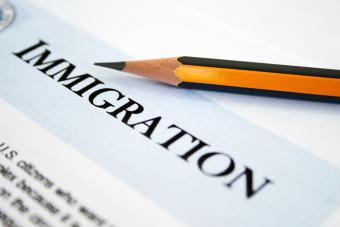Legalization/Regularization
Recent Activity
Recent Activity
Convocamos un seminario en línea en la ocasión del lanzamiento del informe que describe donde se han radicado los migrantes venezolanos; las medidas que han utilizado los gobiernos latinoamericanos para regularizar el estatus legal de los migrantes venezolanos; y los esfuerzos por integrar a los recién llegados en sus nuevas comunidades de residencia.
Enfrentados con la llegada de más de 3 millones de venezolanos huyendo de una economía colapsada y conflictos políticos, los países latinoamericanos han respondido con creatividad y pragmatismo. Pero, a medida que la crisis venezolana y la migración que ha impulsado se extienden, es necesario examinar más allá de la facilitación de la entrada legal y la otorgación del estatus temporal para planificar a largo plazo.
















More Than a DREAM (Act), Less Than a Promise